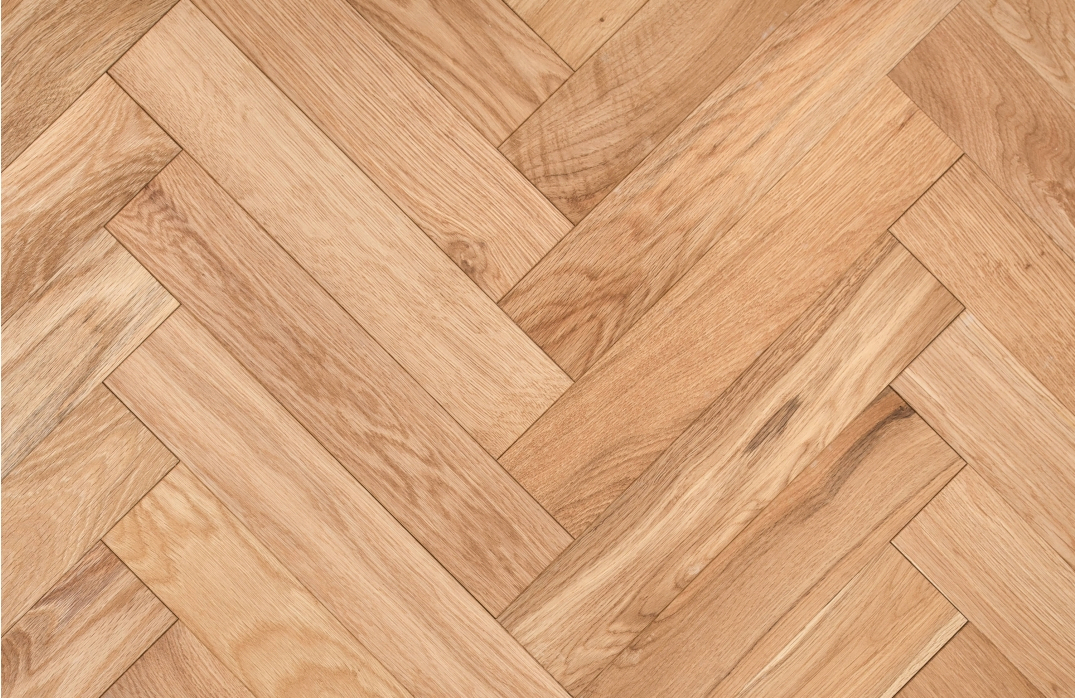Herringbone wool layout in felt making
- Lena Archbold

- Feb 8, 2019
- 2 min read
Updated: Oct 27, 2023
I am often asked, 'Why does my felt not drape well?'
The quality of wet felting begins with the quality of the wool layout. While there are various felt layouts available, the most commonly used and traditional one involves layers arranged in different directions. This layout is perfect for wet-felted art, sculptures, and interior items such as cushions, rugs, and table runners. However, if you aspire to create soft, fine, well draped and slightly stretchable felt, it's time to abandon the classical layout and embrace the mastery of the herringbone wool layout. This method is widely favored by felt makers who create clothing items.

A herringbone wool layout typically involves a single layer of wool with added fibers and fabric.
1. Strength and Durability: Herringbone layout is often used to enhance the strength and durability of felted fabrics. The overlapping zigzag fibers create a more stable structure.
2. Fiber Arrangement: In herringbone layout, the wool or other fibers used in felting are laid out in a pattern that resembles the herringbone pattern commonly found in textiles and flooring. This arrangement involves placing fibers at an angle to one another, usually at approximately 45 degrees.
3. Directional Stretch & Application
Depending on your garment's design, you can opt for a vertical or horizontal herringbone layout.
A horizontal herringbone layout will stretch in width but shrink in length. If you are creating a garment, such as a top, and desire more stretch in width for increased freedom of movement, then a horizontal herringbone layout is the ideal choice. This layout is also suitable for hats if you want a snug fit around your head.
Conversely, a vertical herringbone layout will provide more stretch and less shrinkage in length but may shrink more in width, resulting in a well-fitted garment. This is my preferred layout when crafting dresses, coats, and skirts, as it ensures the garment fits beautifully.
4. A brief demonstration of this layout can be found on my YouTube channel, with the actual video linked below. I hope you find it helpful, and don't hesitate to reach out if you have any questions.
In summary, herringbone layout in feltmaking is a technique that involves arranging wool fibres in a zigzag pattern to achieve specific functional and visual effects in felted fabrics. By understanding the properties of horizontal and vertical herringbone layouts, feltmakers can customize their designs to suit their intended applications and create unique and durable felted products.
If you want to learn more about feltmaking and take your feltmaking skills to another level, I recommend that you join our feltmaking club, 'Felt With Lena.' I open the club to new members a few times a year. If the club is closed for enrollment at the moment, please join our waiting list. Feel free to send me an email if you have any questions, and let's create beautiful felt together.
Thank you
Best wishes
Lena


.png)






Lena, thank you very much for sharing. What wool are you using in this video? Or it’s one of the decorative fibers? It looks very straight and stiff when you hold it.